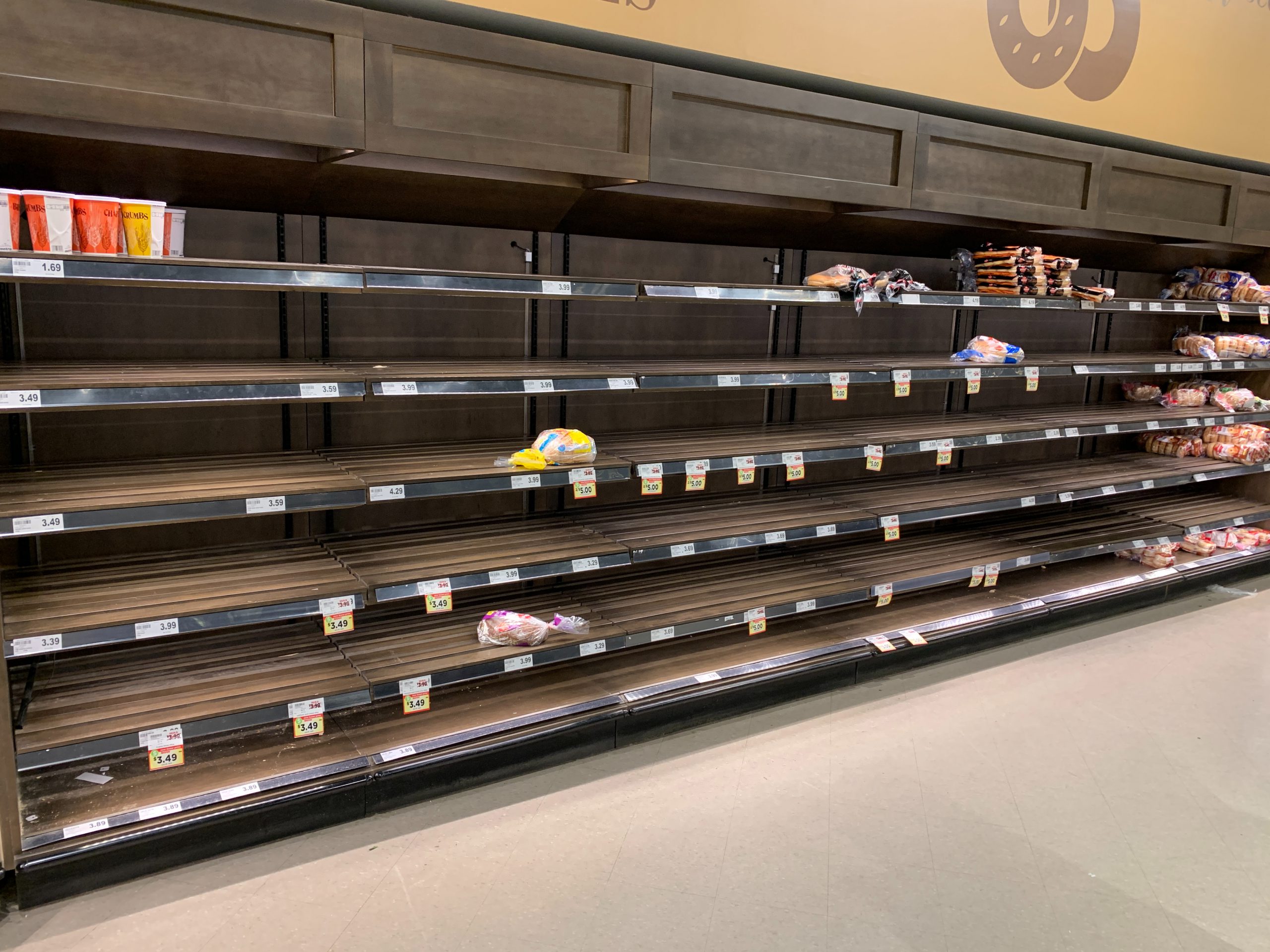The stockout cost is the amount of money lost and expenses as a result of a stockout. When a consumer wants to place an order but there isn’t enough inventory to complete it, the company loses money on the sale.
A corporation can avoid stockouts by maintaining a high degree of inventory record accuracy and an appropriate safety stock level that is updated to match ongoing variations in client demand.
A well-designed supply chain will enable you to provide your consumers with exactly what they want, when they want it, and avoid stockouts. In this article, we’ll look into stockout cost and how they impact your company.
What is Stockout Cost?
A stockout occurs when inventory becomes unavailable, preventing the purchase or shipment of an item, resulting in a sales loss. Stockout expenses include lost revenue and consumers as a result of an inventory shortfall caused by a stockout. This is especially harmful to a business if there is no indication of when the goods will be available for purchase again.
Stockouts can occur for a number of causes. Products out of stock is a result of a variety of factors, including underestimating client demand, substantial supplier delays, and a lack of finances to purchase new inventory.
Types of Stockout
Basically, there are two main types of stockout that can happen. One related to the delivery of products to clients and the other related to production items, holding production and causing delays on the operation.
Sales Stockout
When a customer wants to make an order but there is no inventory available to sell to them, the company loses the sale’s gross margin. Furthermore, you may lost the customer permanently, in which case the company loses all future sales margins as well.
Internal Process Stockout
When a corporation need inventory for a production run but does not have it, it must incur fees in order to obtain it on short notice. To get the inventory, the company may have to pay a rush fee and overnight delivery expenses, for example. Furthermore, the production planning team must scurry to alter the production schedule, advancing another task in the schedule to replace the incomplete job until the remaining item arrives.
How stockouts affects business?
Stockouts can have a huge negative influence on a customer’s experience, so you’ll want to avoid them at all costs. Stockouts cause disappointment and aggravation not just for you as a business owner, but also for your customers who are ready to buy and may require your goods right away. It ultimately results in a revenue loss and might potentially harm your brand’s reputation.
Stockouts may result in:
- Lost clients.
- Extra payments for canceling orders.
- Negative reviews.
How to avoid stockouts?
Here’s what you can do to keep stockouts from affecting your business’s profitability:
- Calculate your safety stock.
- Forecast Future Demand.
- Invest in your data science.
- Optimize your inventory management.
Stockout Cost in Sum
Stockout prevention should be a top goal for any ecommerce firm. The best thing you can do is concentrate on improving your supply chain in order to better manage inventories and anticipate future demand and orders.

